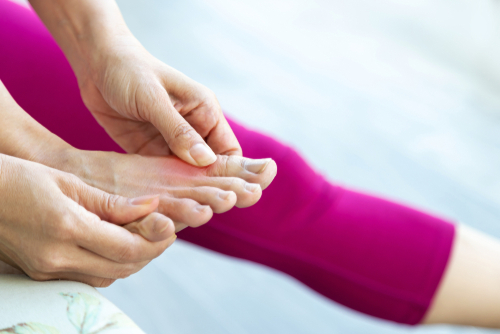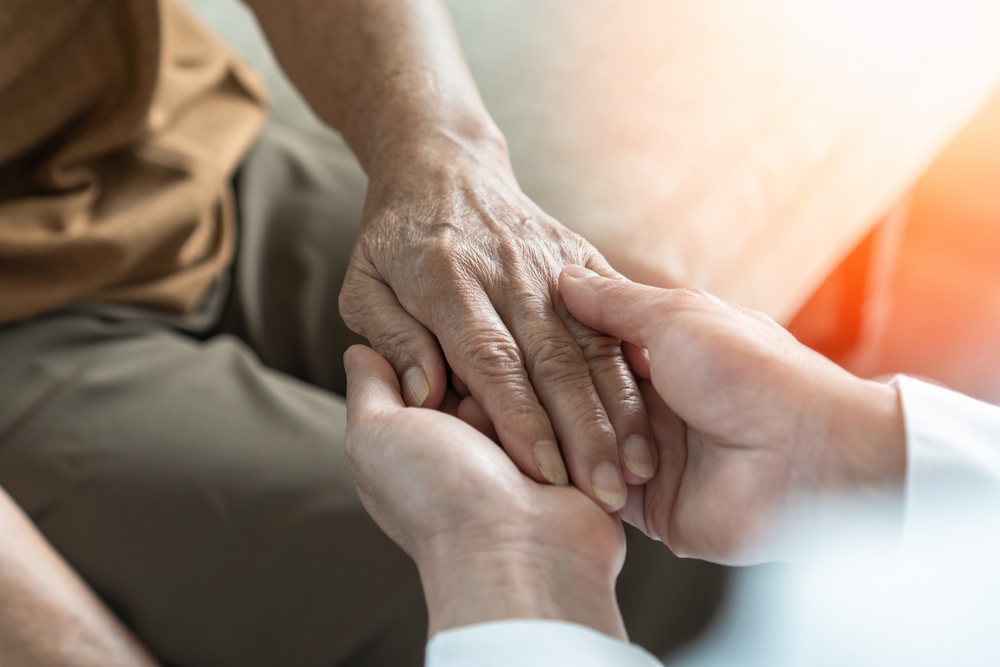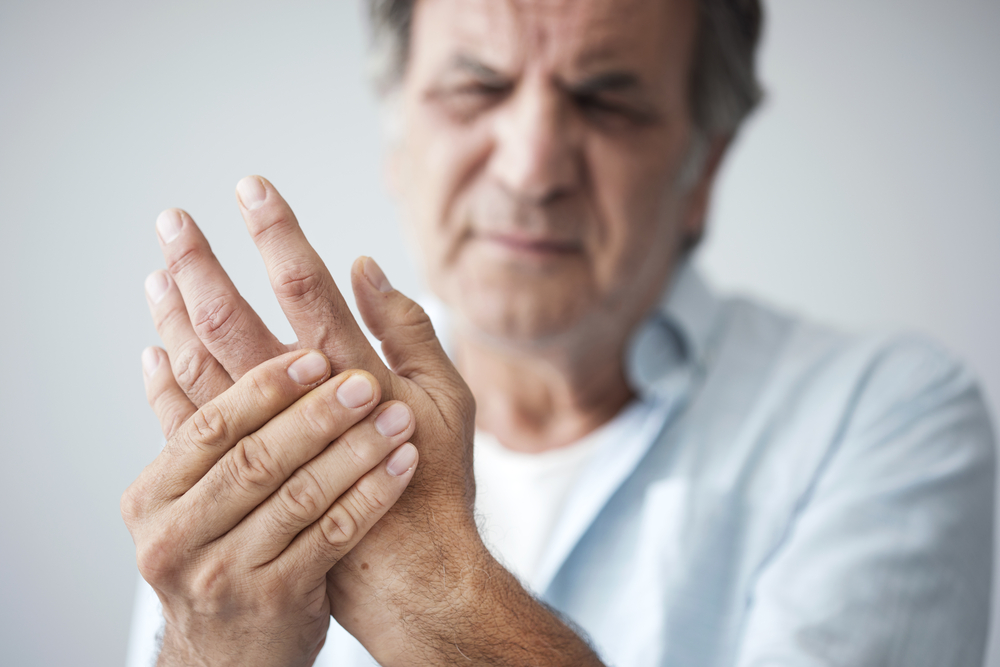Complications of Gout in Elderly
Category:

Gout is a form of arthritis characterized by sudden and severe attacks of pain and swelling in the joints, especially the big toe. These attacks can occur randomly, often waking you up in the middle of the night with the sensation that your big toe is on fire. The affected joint can be so tender that even the weight of a bedsheet can be unbearable.
In this post, we will review the complications of gout in the elderly, including the age of gout, as well as treatment methods.
Gout Age of Onset
The age range for gout depends on the person’s sex since gout occurs most often in those assigned males at birth. This gout age is due to naturally having lower uric acid levels. The average age for gout, in this case, is usually between 30 and 50. Meanwhile, the age of gout onset occurs after those assigned female at birth experience menopause, which is usually between 45 and 55, and when their uric acid levels approach those who are assigned males at birth.
Now that we know more about gout average age let’s take a closer look at gout complications and treatment.
Complications of Gout
Below are some complications one may experience with gout.
-
Tophi. These clumps of urate crystals form on the joints, cartilage, and, sometimes, in the ears. If left untreated, this gout rash can damage your bones, cartilage, and joints.
-
Joint damage and deformities. Chronic inflammation and tophi can lead to permanent joint damage, deformity, and stiffness. This may also require a need for surgery.
-
Kidney stones. Urate crystals can build up in the urinary tract and form kidney stones, resulting in a gout UTI. They can also result in kidney disease and kidney failure when left untreated.
-
Psychological problems. Gout can affect one’s ability to carry out daily tasks, such as walking. This constant pain can result in emotional distress, which could benefit from psychological counseling.
Finally, let’s look at some treatment methods for gout.
Download Our Relieving Arthritis Pain Guide
Treatment for Gout
How can one treat gout? Below are some possible treatment methods. Be sure to speak to your doctor to determine the one that works best for you.
-
Medications. Nonsteroidal anti-inflammatory drugs, colchicine, and corticosteroids have been known to prevent gout complications. Additionally, medications that block uric acid production or improve uric acid removal can also be very effective.
-
Choose healthy food and drinks. Non-alcoholic beverages, especially water, and purine-rich foods, can be helpful for people with gout.
-
Exercise and maintain a healthy weight. Engaging in low-impact exercises and keeping your body at a healthy weight can reduce one’s risk for gout.
Frequently Asked Questions About Gout in Older Adults
What Is the Average Age of Gout Onset?
The average age of gout sufferers is between 30 and 50 for those assigned male at birth.
Is Gout Common in Females?
But do females get gout? Yes. But it is less common. Those assigned female at birth typically experience it after menopause.
Can Gout Cause Nausea?
Gout complications can include nausea.
Can You Get Gout at a Young Age?
While gout is more common in middle age, it can still occur in younger people. And if they do suffer from gout, the disease tends to be more severe.
If My Dad Has Gout, Will I Get It?
The heritability of gout is 65%, and 20% of gout sufferers have a family history of the disease.
Subscribe
Date: 2022-12-13
Category:


